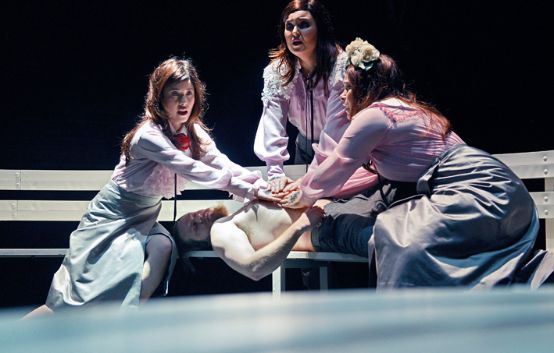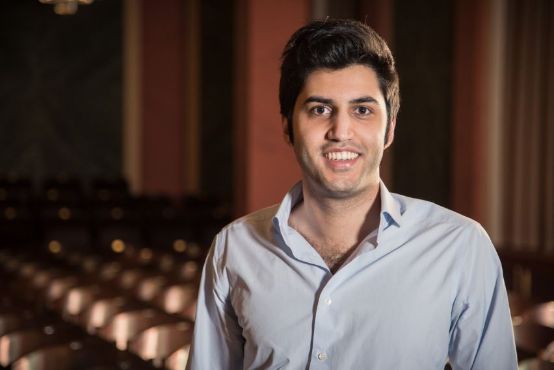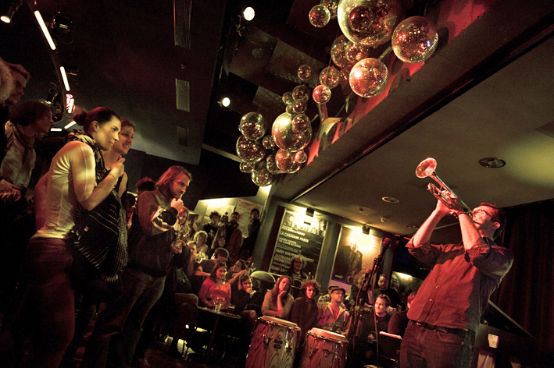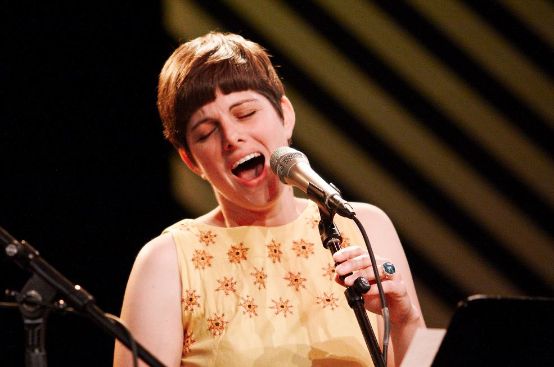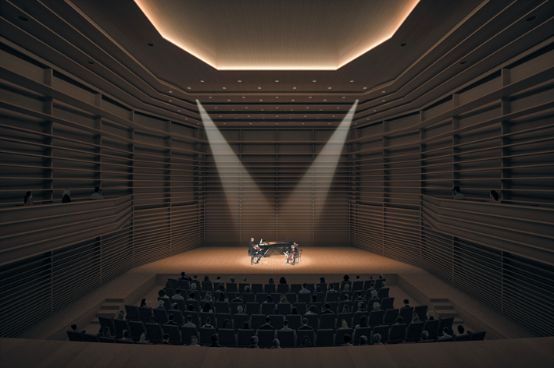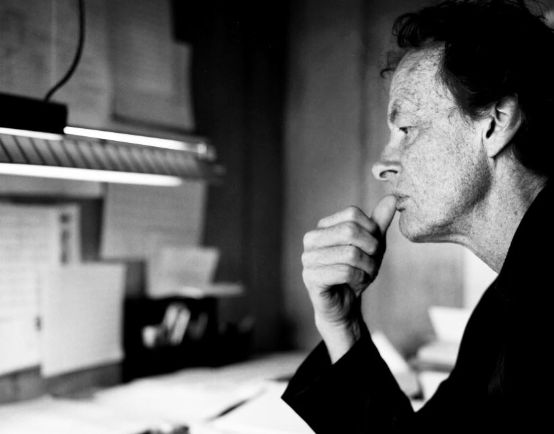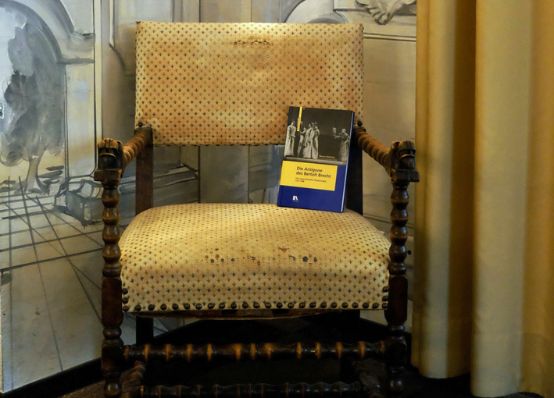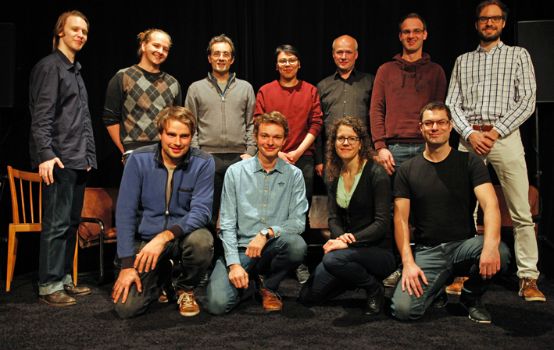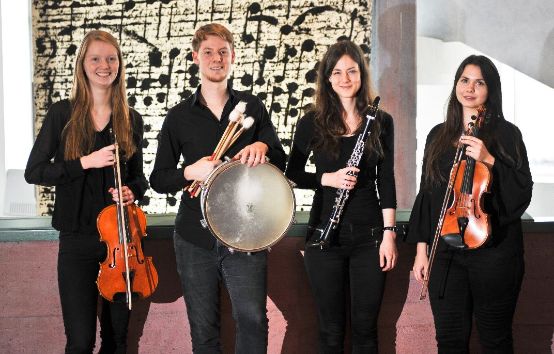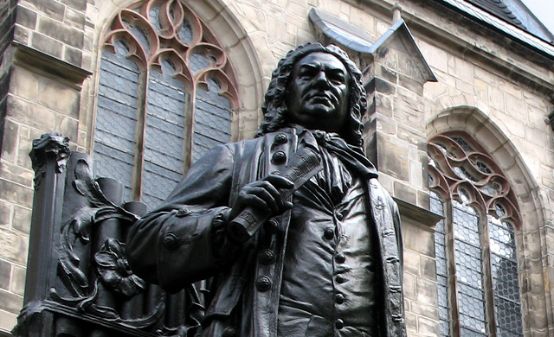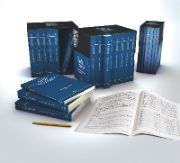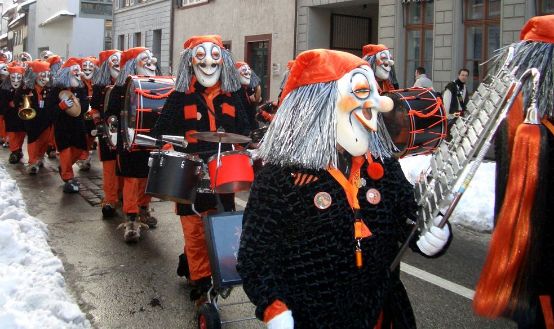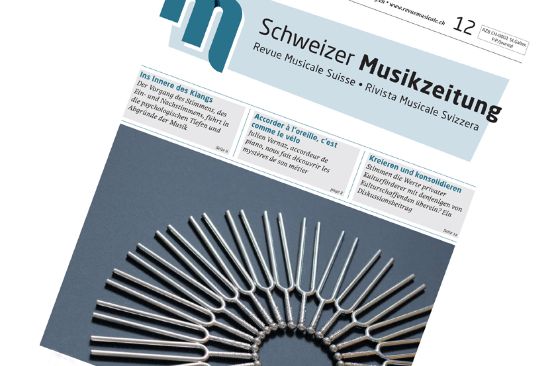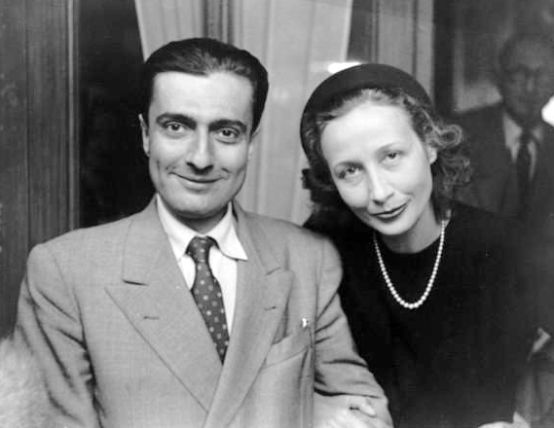The left ear
An exhibition about the Basel composer Jacques Wildberger in the Basel University Library.
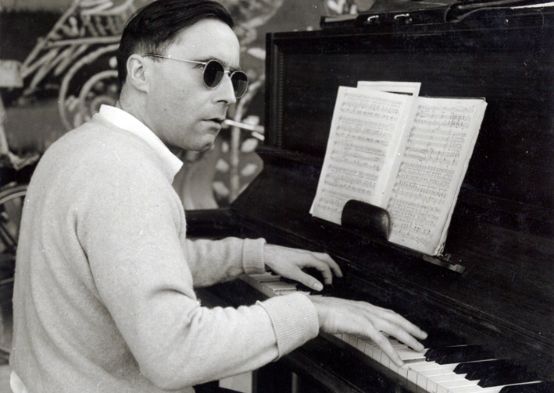
There are several kinds of resistance: fierce, existential, but sometimes also pleasurable. The one helps to endure the other. Jacques Wildberger (1922-2006) knew both; life had probably taught him both. On the one hand, there was his political commitment; he was a communist and had been a member of the PdA since 1944, but left the party three years later in protest against Stalinist crimes. However, this was no reason for him to revoke his commitment - on the contrary. Alongside Klaus Huber, who was two years younger, the clear-sighted Wildberger was the political conscience of this generation of composers. "Composing against this was and is my agita movens," he wrote.
However, he also had a mischievous side, for example when he, the avant-gardist, said in conversation that he liked the 2nd Rachmaninov Concerto and that Lehár had actually orchestrated it wonderfully. He liked kitsch in general, if it was well done. That must have taken some people aback. With a certain amount of coquetry, he also said that he had not donated his estate to the Paul Sacher Foundation like many of his Basel colleagues, but to the Basel University Library.
The relationship with Sacher was ambivalent. Even though Sacher later signed the certificate when the Swiss Musicians' Association awarded Wildberger the Composer's Prize, he must have been quite annoyed with Wildberger back in 1954. Tre Mutazioni The patron sent the score back "with my best thanks", noting the "interesting sound and rhythm experiments" in it, but found the piece "neither intellectually ingenious nor emotionally sensitive, but intellectually calculated", in short: "artistic gimmickry". Finally, he asked Wildberger "with the kindest regards" to "see this unvarnished judgment as proof of my trust and my friendly attitude".
Avant-garde and not avant-garde enough
Such connections are now evident in an exhibition currently on display at the University Library of Basel. It is called The left earwas curated by Michael Kunkel, Head of the Research Department at the FHNW School of Music, and was created in collaboration with the University of Basel and the Swiss Music Research Society. Kunkel said at the opening that they did not simply want to erect a monument to Wildberger. He prefers to show him in his many, sometimes somewhat contradictory facets, in twelve stations - with numerous scores, photos, audio and video documents. The box of sweets with documents found in the attic, which has also been included in the exhibition, is a special gift. The exhibition will be accompanied by several supporting events, in particular a symposium at the beginning of March 2018.
As can be seen here, Jacques Wildberger was a dazzling personality. It is worth investing some time in studying the documents and listening to the sound samples. Even those familiar with Wildberger may be surprised by some of the pieces, for example the Eisler-like Kampflied We want to march togetherwhich he composed for the Basel working-class cabaret "Scheinwerfer", or his appearances as conductor of the Gypsy baronsbut also the music for the army service film One of all from the year 1958.
His path was not easy because he sought opposition. This must have been one reason why he studied twelve-tone technique with exiled Russian composer Vladimir Vogel. The Swiss music scene at the time was dominated by neoclassicism. Figures such as Schönberg students Alfred Keller and Erich Schmid were outsiders. Exceptional personalities such as Rolf Liebermann, Hermann Meier and Wildberger sought contact with dodecaphony through Vogel. However, he did not become a twelve-tone dogmatist; Wildberger dealt with it in an idiosyncratic way. And yet he was caught between the times: In Switzerland he was considered avant-garde, in Germany he had to realize that he was not considered advanced enough. He was not absolutely modern: "I don't feel like a museum servant of an indisputable past, but I try to keep tradition alive by moving on and researching in our exciting present. I also like to be traditional in that I cherish the craft of 'composing'." And that is why he was free to dedicate some of his most important radio broadcasts and publications to the music of Dmitri Shostakovich.
Such unconventionality has to assert itself first, even if you come from a good, humanistic Basel bourgeoisie. The fact that Sacher never gave him a commission ultimately did not prevent Wildberger from becoming a recognized personality, not only in Basel's musical life, and from teaching at the music academy. His position remained decidedly left-wing.






